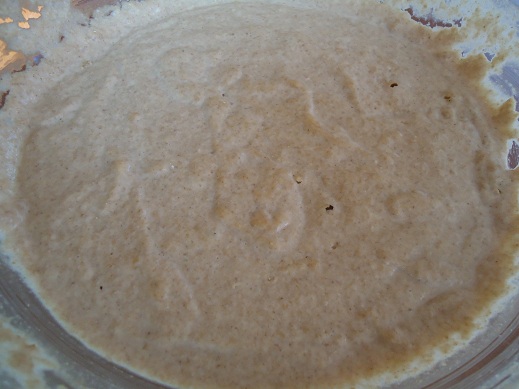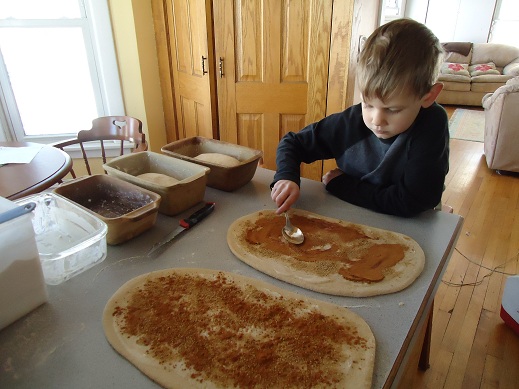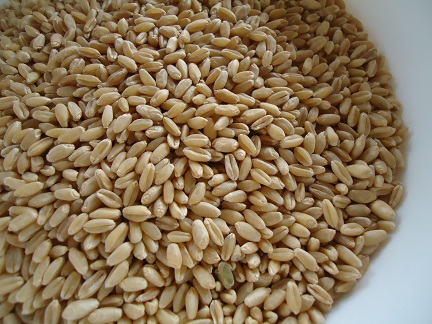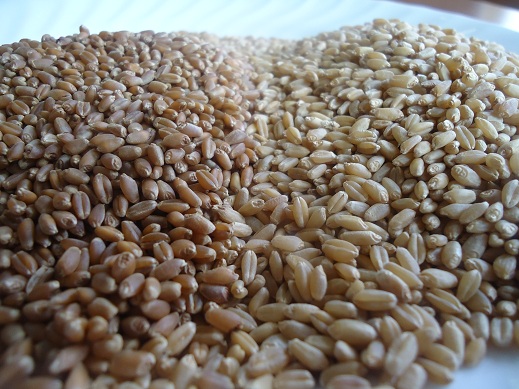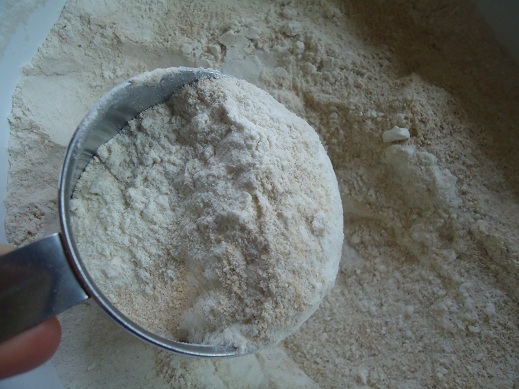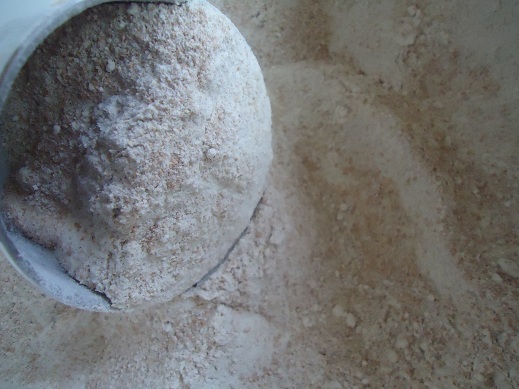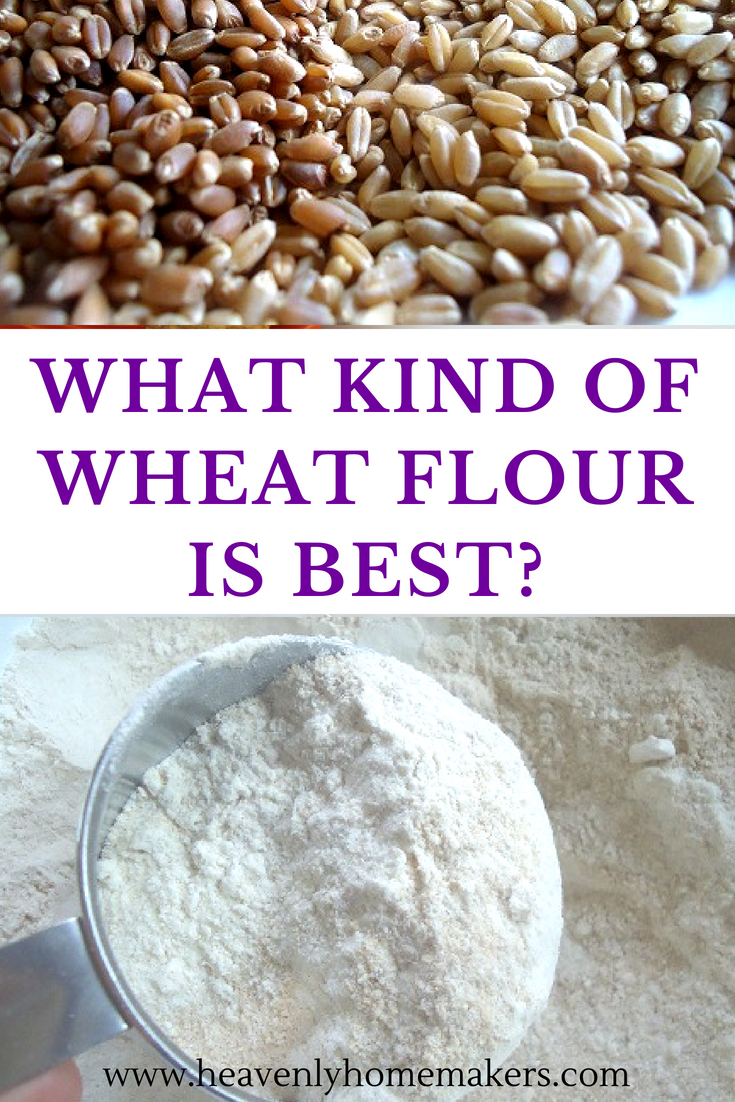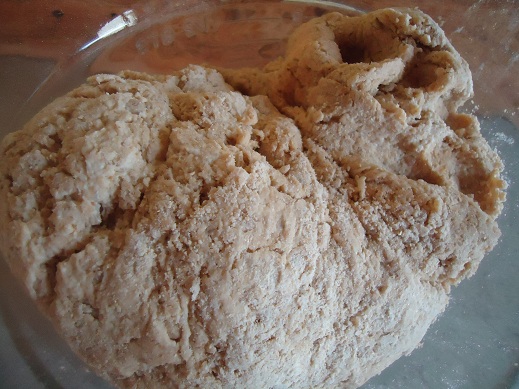Remember the post I wrote talking about which kind of wheat flour is best? In that post, I told how both hard red wheat and hard white wheat are good for you. Both make whole wheat flour. They are simply different varieties of wheat.
Well, a few weeks ago, when we were visiting family in Kansas, wheat fields were ready for harvest – and so, so beautiful. I grew up in Kansas, and since I don’t live there anymore, I have really learned to appreciate the beauty of a wheat field. I tend to gush about it over and over when I see what used to just be a “boring ol’ wheat field”. That was a side note, but I thought you’d like to hear what Matt has to hear each time we go “home” for a visit. Wheat fields are so pretty!! (For the record, my California born and raised husband agrees with me.)
Anyway, we were driving back to my dad’s after church and I nearly came out of my seat belt as we drove past these wheat fields. Why had I never seen fields like this before? Had I simply not been paying attention? Check out the difference in these two fields:
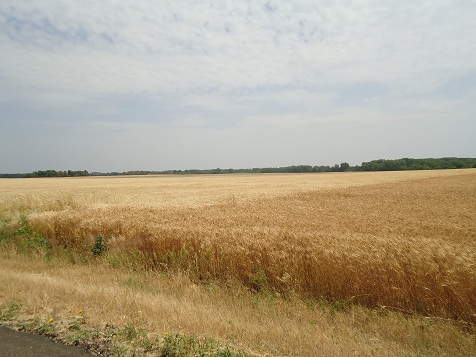
My darling husband, seeing what I was pointing out, kindly slammed on the brakes (not really, but sort of), put the car in reverse, and pulled over so I could get some pictures. (Don’t worry. We were on a country road in the middle of nowhere. There wasn’t another vehicle around for miles.) There, side by side, was a field of hard red wheat, and a field of hard white wheat. Gorgeous!
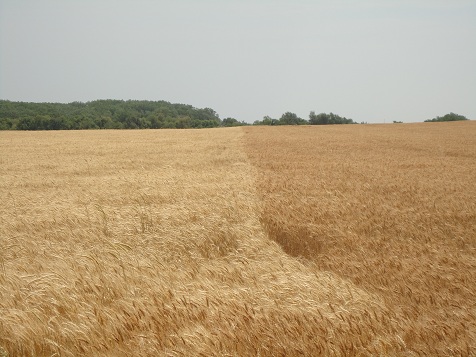
The main reason we wanted pictures is to show you that indeed, red wheat and white wheat both make whole wheat flour – they are just different varieties of wheat. (Read through all of my grain and grain mill posts if you’d like to learn more.) And the other reason we wanted pictures is because wheat fields are beautiful and I wanted to gush about them to you.
If I could have recorded the sound they made in the breeze, I would have done that too. Okay, I’m done gushing now.
But tell me – is that not beautiful??! :)

